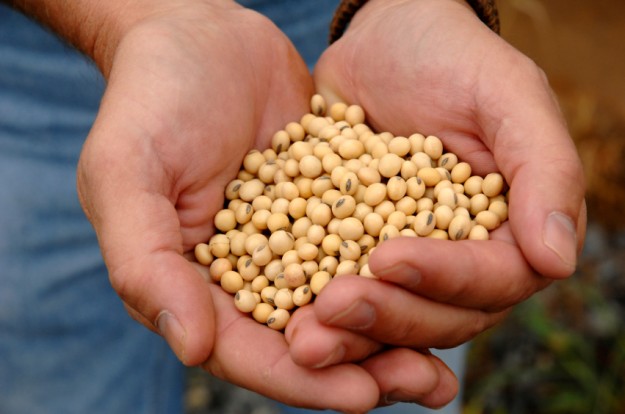The Right Energy at the Right Time
When weather turns cold, we know that animals spending time outside need increased caloric intake. The additional calories go toward maintaining body temperature, while also providing energy to perform normal tasks in the face of snow, ice and wind. Many horse owners mistakenly offer grains as the primary source of these additional calories and then…




